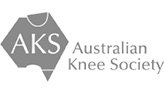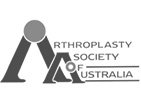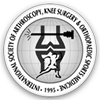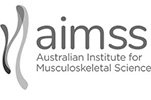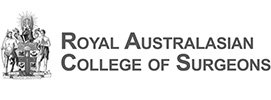Cartilage Repair and Transplantation
Articular Cartilage is the white tissue lining the end of bones where these bones connect to form joints. Cartilage acts as cushioning material and helps in smooth gliding of bones during movement. An injury to the joint may damage this cartilage which cannot repair on its own. Cartilage can be damaged with increasing age, normal wear and tear, or trauma. Damaged cartilage cannot cushion the joints during movement and the joints may rub over each other causing severe pain and inflammation.
Cartilage restoration is a surgical procedure where orthopaedic surgeons stimulate the growth of new cartilage that restores the normal function. Arthritis condition can be delayed or prevented through this procedure.
Several techniques are employed for cartilage restoration including dietary supplements, microfracture, drilling, abrasion arthroplasty, osteochondral autograft, and allograft transplantation. The simplest and most commonly performed of these is microfracture. The other options are rarely indicated.
Microfracture: In this method, numerous holes are created in the injured joint surface using a sharp tool. This procedure stimulates healing response by creating new blood supply. Blood supply results in growth of new cartilage.
Drilling: In this method, a drilling instrument is used to create holes in the injured joint surface. Drilling holes creates blood supply and stimulate growth of new cartilage. Although the method is like microfracture, it is less precise and the heat produced during drilling may damage other tissues.
Abrasion Arthroplasty: High speed metal-like object is used to remove the damaged cartilage. This procedure is performed using an arthroscope.
Osteochondral Autograft Transplantation: Healthy cartilage tissue (graft) is taken from the bone that bears less weight and is transferred to the injured joint place. This method is used for smaller cartilage defects.
Osteochondral Allograft Transplantation: A cartilage tissue (graft) is taken from a donor and transplanted to the site of the injury. Allograft technique is recommended if larger part of cartilage is damaged.
Autologous Chondrocyte implantation: In this method, a piece of healthy cartilage from other site is removed using arthroscopic technique and is cultured in laboratory. Cultured cells form a larger patch which is then implanted in the damaged part by open surgery.
Osteoarticular transfer system (OATS): Osteoarticular transfer system (OATS) is a surgical procedure to treat isolated cartilage defects which usually 10 to 20mm in size. The procedure involves transfer of cartilage plugs taken from the non-weight bearing areas of the joint and transferring into the damaged areas of the joint.
This procedure is not indicated for wide spread damage of cartilage as seen in osteoarthritis.
"Any surgical or invasive procedure carries risks. Before proceeding, you should seek a second opinion from an appropriately qualified health practitioner."


